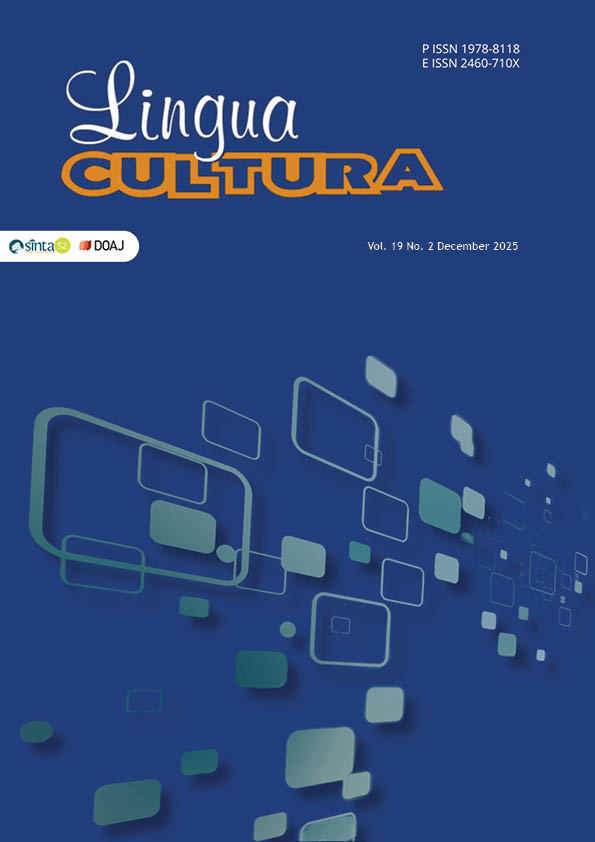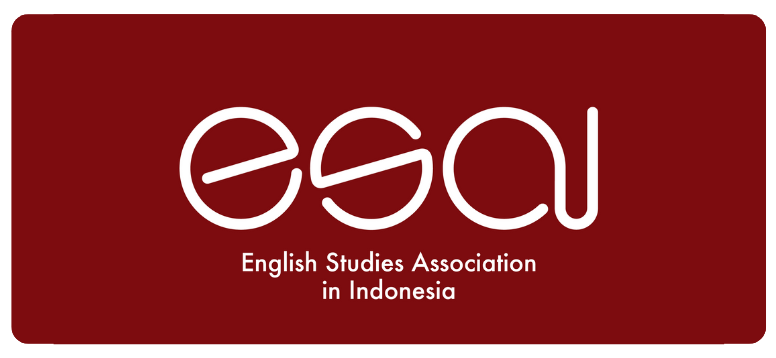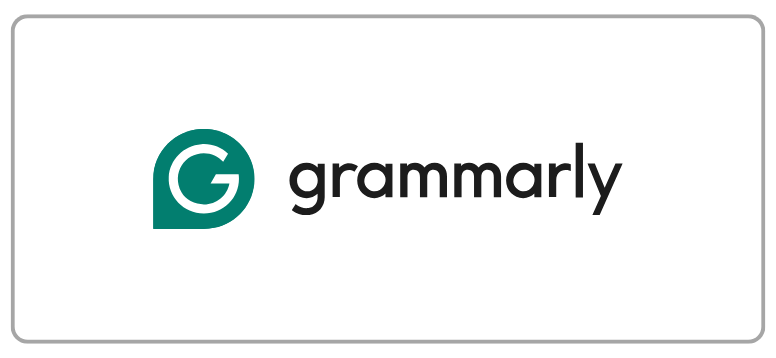Exploring Key Factors Enhancing EFL Learners’ Comprehension in English Presentation Assignments: A Focus on Material Understanding
Keywords:
English Presentation Assignment, EFL Learners, Materials UnderstandingAbstract
The purpose of this qualitative descriptive study is to determine the elements that contribute to English presentation tasks improving the material comprehension of EFL students. Despite being widely used in classrooms, presentation assignments often fail to lead to deep material understanding due to learners’ poor preparation, dependence on pre-translated materials, and difficulty in processing content in English. This study investigates this problem by identifying the factors that support or hinder students' ability to comprehend material effectively through presentation assignments. Twelve students from Universitas Negeri Makassar's class 01 of the English Education Study Program, batch 2022/2023, participated in the study. In-depth interviews and classroom observations were used to gather data that shed light on students' experiences with presenting assignments. Techniques for data reduction, data display, and conclusion drawing were used to analyze the data. The results emphasize important elements that contribute to students' improved comprehension of the topic, such as meticulous planning, group projects, technology utilization, and lecturer help. By encouraging critical thinking and content interaction, active engagement in post-presentation discussions significantly enhanced understanding. All of these elements worked together to make presenting assignments more successful at enhancing comprehension of the subject matter. The results highlight how audience-centered techniques, cooperative planning, and culturally appropriate examples can enhance presentation results. Innovative techniques to match presentation assignments with learners' competence levels and pedagogical goals are presented, along with practical implications for EFL training. By examining the relationship between understanding and material design in promoting learner success, this study adds to the expanding corpus of research on EFL instruction. The study concludes that presentation assignments are a valuable tool for promoting deeper comprehension in EFL learning, as they encourage students to prepare thoroughly, collaborate in groups, use digital resources, and engage with lecturer feedback. These elements help learners internalize the material, clarify complex concepts, and improve both their understanding and confidence during delivery.
References
Aeni, N., Darmawati, B., Muthmainnah, Yunus, M., Mulyanah, A., Sharma, A., ... & Hamka, D. W. (2024, April). Disclosing user views: A qualitative investigation of writing and speaking ability development via integration of Jenni AI and Jenni Speak. In International Conference on Advances in Information Communication Technology & Computing (pp. 191–203). Singapore: Springer Nature Singapore. https://doi.org/10.1007/978-981-97-6103-6_13
Aeni, N., Nur, S., Limbong, S., & Yunus, M. (2024). Promoting EFL students' engagement by using Bamboozle: Digital game-based learning in Indonesian higher education. Journal of English Education and Teaching, 8(3), 508–527. https://doi.org/10.33369/jeet.8.3.508-527
Ahyadi, A., & Jabu, B. (2021). Developing instructional material and strategies for Buginese learners in the crash course program at Neroa School. La Parole: Journal of Language Teaching and Pedagogy, 4(2), 123–140. https://doi.org/10.31850/laparole.v4i2.984
Algouzi, S., Alzubi, A. A. F., & Nazim, M. (2023). Strengthening English language undergraduates’ presentation skills: A blackboard-mediated intervention program. PLOS ONE, 18(8). https://doi.org/10.1371/journal.pone.0289936
Amelia, R. (2022). Indonesian EFL students' attitude toward oral presentations. International Journal of English Language Teaching, 8(1), 1–15. https://doi.org/10.24014/ijielt.v8i1.17434
Asriani, N., & Rohmah, H. (2024). Anxiety in EFL presentation: A study on students’ confidence and content comprehension. ELTIES Journal, 4(1), 65–78.
Azir, I. D. A., Sriyanto, W., Sitorus, N., & Anggria, F. (2024). Virtual reality (VR) and digital storytelling (DS) technology to improve English speaking skills of vocational students. KnE Engineering, 295–305.
Bakri, R. A., Saiful, S., Ismail, H., Aeni, N., & St Asriati, A. M. (2021). The power of instructional materials in teaching students’ speaking skill. Celebes Journal of Language Studies, 77–87. https://doi.org/10.51629/cjls.v1i1.38
Bawono, M., & Yugopuspito, P. (2024). Pengaruh kolaborasi dosen, kemampuan teknis dosen, dan partisipasi daring dosen terhadap kepuasan mahasiswa pada program pendidikan jarak jauh di Universitas XYZ. POLYGLOT: Jurnal Ilmiah, 20(2), 149–161. https://doi.org/10.19166/pji.v20i2.8194
Hartigan, L., Mone, F., & Higgins, M. (2014). How to prepare and deliver an effective oral presentation. BMJ: British Medical Journal, 348. https://www.jstor.org/stable/26514373
Brooks, G., & Wilson, J. (2014). Using oral presentations to improve students’ English language skills. Kwansei Gakuin University Humanities Review, 19(1), 199-212.
Cholifah, M., & Herawati, S. (2017). Pengajaran bahasa berbasis tugas (Task-Based Language Teaching): Pendekatan yang efektif dalam pengajaran bahasa Inggris. Jurnal Ilmiah Bahasa dan Sastra, 4(2), 131–139.
Ghaith, G., & El-Malak, M. A. (2020). Enhancing pre-intermediate EFL learners’ reading comprehension through Jigsaw technique. Cogent Arts & Humanities, 7(1). https://doi.org/10.1080/23311983.2020.1738833
Habók, A., & Magyar, A. (2019). The effects of EFL reading comprehension and certain learning-related factors on EFL learners’ reading strategy use. Cogent Education, 6(1). https://doi.org/10.1080/2331186X.2019.1616522
Hadiati, C., Muttaqin, U., & Yulianita, N. G. (2024). Analysis of speech acts in the closing speech of the G20 summit by President Joko Widodo “We must end the war.” Lingua Cultura, 18(1). https://doi.org/10.21512/lc.v18i1.11692
Hidayat, R., & Herlina, R. (2024). Overcoming surface learning in student presentations: Issues of understanding and originality. EDULINK: Jurnal Pendidikan Bahasa Inggris, 9(1), 14–23.
Hossain, M. A. (2022). Simple random sampling technique in business research: An overview. International Journal of Business and Management Invention, 11(1), 1–7.
Khalmurzayevna, Y. S., & Zairjanovich, Y. S. (2024). Developing speaking skills by using strategy-based instruction of pharmacy and industrial pharmacy students. Excellencia: International Multi-disciplinary Journal of Education, 2(4), 487–495.
Kim, K. R. (2020). Oral presentations as an alternative approach to enhance L2 learning and communication skills. Journal of Digital Convergence, 18(7), 111–122. https://doi.org/10.14400/JDC.2020.18.7.111
Leong, M. L., & Ahmadi, M. S. (2017). An analysis of factors influencing learners’ English speaking skill. International Journal of Research in English Education, 2(1), 35–42.
Lestari, Y. (2018). Belajar bahasa Inggris melalui pembelajaran digital pada kelas EFL. FKIP Universitas Muhammadiyah Palembang, 2(1), 195-203. https://fkip.um-palembang.ac.id/wp-content/uploads/2018/02/Yunda-Lestari-OK-EDITED.pdf
Long, M. (2017). The psychology of second language acquisition. New York, NY: Routledge.
Mahsus, M., & Latipah, E. (2021). Metodologi Eduinnova: Pembelajaran kolaboratif yang diintegrasikan dengan teknologi untuk meningkatkan keaktifan dan interaksi siswa dalam pembelajaran daring. Jurnal Inovasi Teknologi Pendidikan, 8(1), 1–12. https://orcid.org/0000-0001-7551-8347
Nation, I. S. P., & Newton, J. (2009). Teaching ESL/EFL listening and speaking. New York, NY: Routledge.
Nazarov, B. (2024). English speaking: Tips for improving public speaking, conversation skills, and pronunciation. Talqin va Tadqiqotlar, 2(2).
Permana, D., & Narius, D. (2020). The correlation between reading comprehension and presentation performance in EFL context. Proceedings of the 8th International Conference on Language and Arts (ICLA 2019), 424, 92–98.
Pham, M. T., Nguyen, D. N. Q., Nguyen, T. K. C., Nguyen, H. N. M., Hoang, T. A. T., & Pham, V. P. H. (2022). The reality of English presentation skills of English-majored students in Vietnam: A case study at Van Lang University. International Journal of TESOL & Education, 2(2), 27–46. https://doi.org/10.54855/ijte.22222
Putri, S. O. (2018). Factors affecting English proficiency of office administration education students. Skripsi, Universitas Negeri Yogyakarta. Retrieved from https://eprints.uny.ac.id/56239/1/05.%20SKRIPSI%20INDONESIA%20SHERLY%20OCTAVIANA%20PUTRI%2012402241061.pdf
Randa, M., & Lestari, W. (2023). Students’ cognitive engagement in English classroom presentations: A study of material ownership and understanding. Teacher Journal, 4(2), 102–112.
Rarasati, I., & Zawawi, M. (2024). Critical discourse analysis on representation of Arab Spring in the movie Alephia 2053. Lingua Cultura, 18(1), 11-19.
Rizqi, N. N., & Haryanto, H. (2024). The implementation of oral presentation to enhance students’ speaking skills at Islamic University Jepara. IJOTL-TL: Indonesian Journal of Language Teaching and Linguistics, 9(1), 56–70. https://doi.org/10.30957/ijoltl.v9i1.768
Saparuddin, A., et al. (2022). Training on making presentation media with Canva to improve student skills in scientific presentations. Jurnal Pendidikan Biologi, 14(1), 1–9.
Sari, R. P., & Suryani, N. (2019). Jurnal Tsaqofah, 15(2), 1–14. ISSN: 2580-5551.
Shemshadsara, Z. G., Ahour, T., & Tamjid, N. H. (2019). Raising text structure awareness: A strategy of improving EFL undergraduate students’ reading comprehension ability. Cogent Education, 6(1). https://doi.org/10.1080/2331186X.2019.1644704
Sofyan, R. R., & Aeni, N. (2024). Leveraging video projects to promote active learning in a HyFlex speaking classroom. Diksi, 32(2), 169–188. https://doi.org/10.21831/diksi.v32i2
Swain, M. (2005). The output hypothesis: Theory and research. In Handbook of research in second language teaching and learning (pp. 471-483). Routledge.
Toghroli, M., & Afraz, S. (2021). The impact of class presentation on EFL learners’ speaking development. International Journal of Foreign Language Teaching and Research, 9(39), 57–66.
Ulinuha, A., & Parnawati, T. A. (2024). Exploring dentistry students' mastery of speaking English using artificial intelligence. IDEAS: Journal on English Language Teaching and Learning, Linguistics and Literature, 12(1), 518–529.
Carnegie Mellon University. (2023). Students lack interest or motivation. https://www.cmu.edu/teaching/solveproblem/strat-lackmotivation/index.html
Way With Words. (2023). 10 key tips to prepare for academic research presentations. https://waywithwords.net/resource/research-presentations-academic-seminars/
Yanti, I. (2018). Dampak dan strategi untuk mengatasi kecemasan berbicara dalam
pembelajaran bahasa Inggris sebagai Bahasa asing. Jurnal Lingua Applicata, 2(1),
45–56.
Zou, B., Du, Y., Wang, Z., Chen, J., & Zhang, W. (2023). An investigation into artificial intelligence speech evaluation programs with automatic feedback for developing EFL learners’ speaking skills. Sage Open, 13(3). https://doi.org/10.1177/21582440231193818
Published
How to Cite
Issue
Section
License
Copyright (c) 2025 Tuti Wijayanti, Nur Aeni, Santi Putri Amelia

This work is licensed under a Creative Commons Attribution-ShareAlike 4.0 International License.
Authors who publish with this journal agree to the following terms:
a. Authors retain copyright and grant the journal right of first publication with the work simultaneously licensed under a Creative Commons Attribution License - Share Alike that allows others to share the work with an acknowledgment of the work's authorship and initial publication in this journal.
b. Authors are able to enter into separate, additional contractual arrangements for the non-exclusive distribution of the journal's published version of the work (e.g., post it to an institutional repository or publish it in a book), with an acknowledgment of its initial publication in this journal.
c. Authors are permitted and encouraged to post their work online (e.g., in institutional repositories or on their website) prior to and during the submission process, as it can lead to productive exchanges, as well as earlier and greater citation of published work.
USER RIGHTS
All articles published Open Access will be immediately and permanently free for everyone to read and download. We are continuously working with our author communities to select the best choice of license options, currently being defined for this journal as follows: Creative Commons Attribution-Share Alike (CC BY-SA)



















